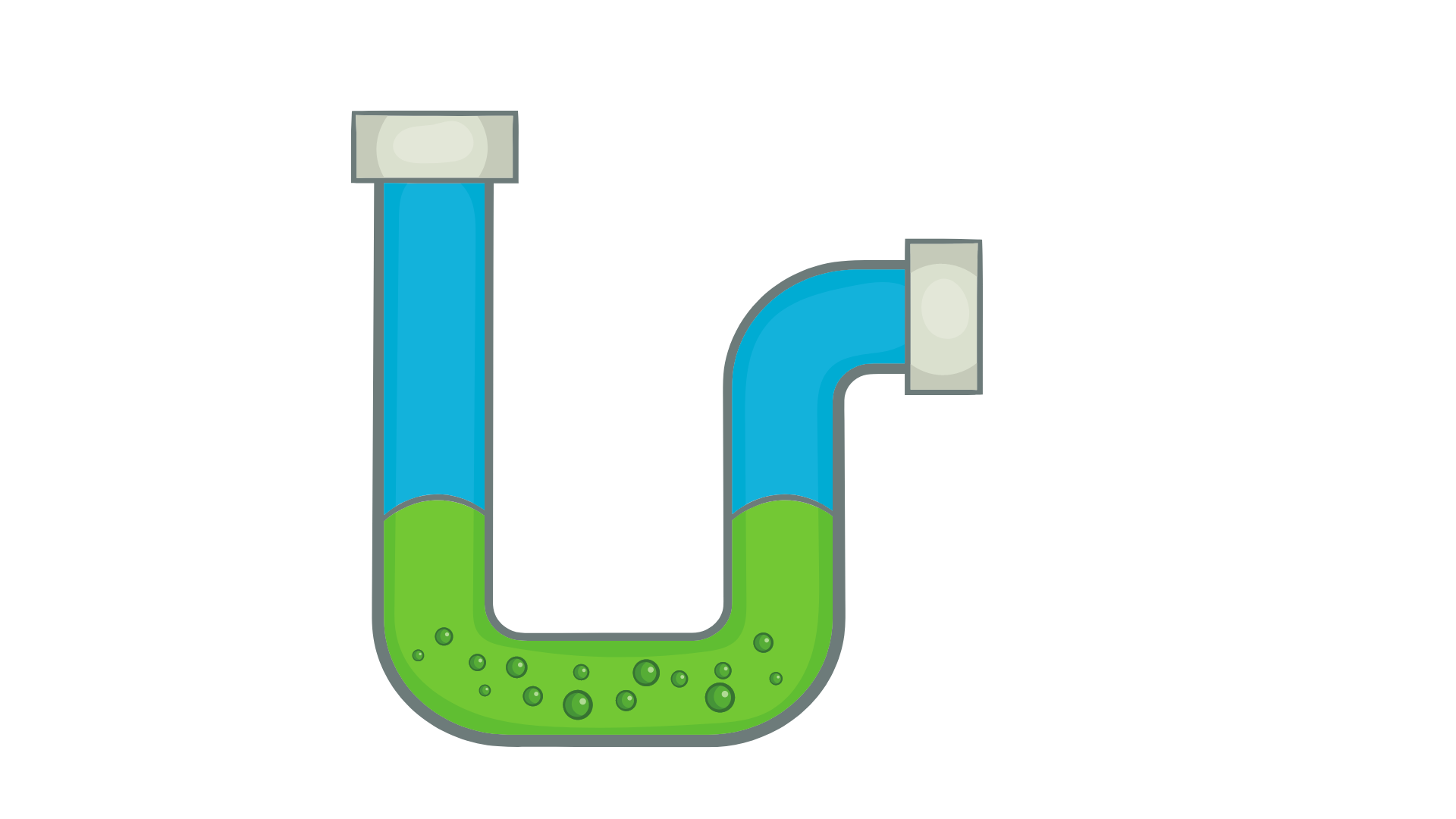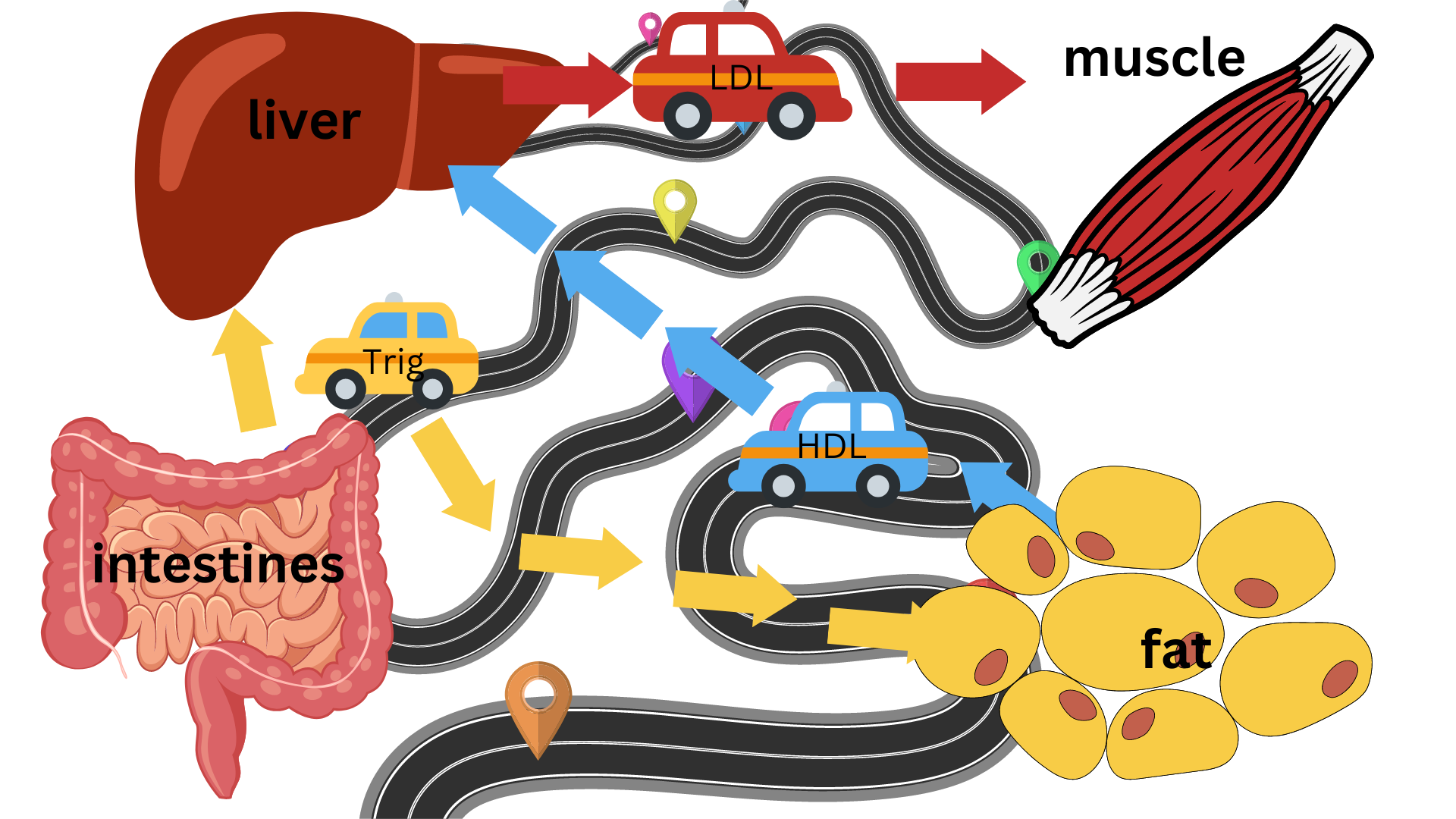
07 Feb How a Low Carb Diet Can Improve Cholesterol and Support Reversing Type 2 Diabetes
Many people ask: “How will a low carb diet affect my cholesterol?” Reducing carbohydrates typically increases healthy fat intake. For years, we have been told that eating more fat raises cholesterol and increases the risk of heart attacks and strokes. But science shows a more nuanced picture, especially for those aiming to reverse type 2 diabetes.
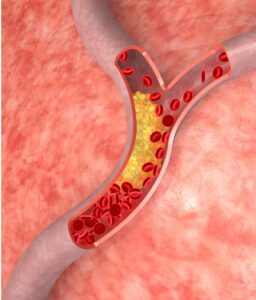
What Is Cholesterol and Why Does It Matter?
Cholesterol is a type of fat essential for life. It is part of cell walls, used to make hormones, vitamins, and bile acids for digestion. Cholesterol enters the body in two ways: through dietary fat and via production in the liver. Even if you eat very little fat, your liver works hard to maintain stable blood cholesterol levels.
How Does the Body Transport Cholesterol?
Fat cannot move through the blood on its own because fat and water do not mix. The body overcomes this by using molecules called lipoproteins, which act like taxis for fat.
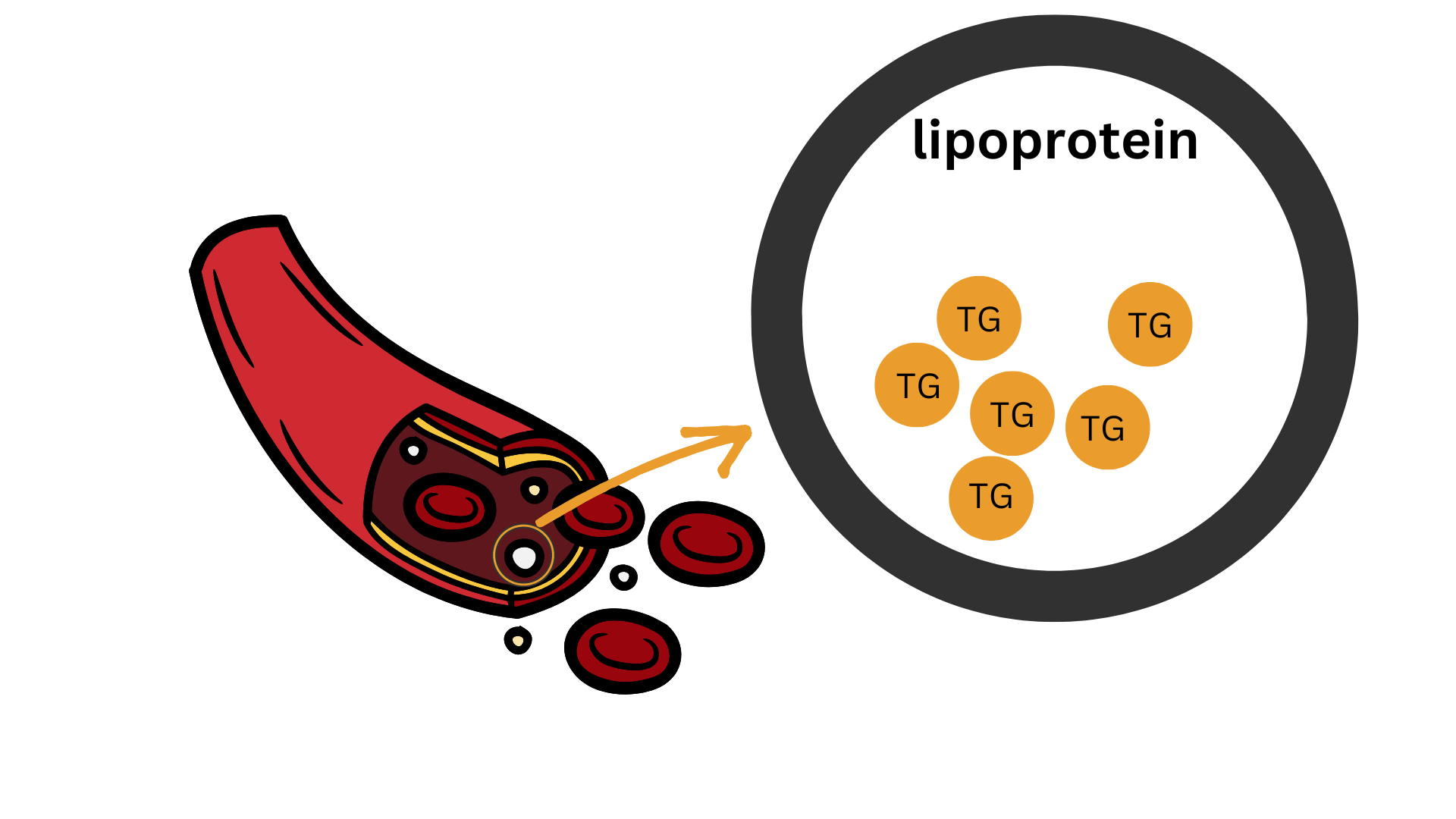
Types of Lipoproteins
- Chylomicrons: Large, triglyceride-rich lipoproteins that transport fat from the intestines to the liver, muscles, and fat cells.
- LDL (Low-Density Lipoprotein): Carries fat from the liver to the rest of the body. Often referred to as “bad cholesterol” when damaged.
- HDL (High-Density Lipoprotein): Small lipoproteins that carry fat from the body back to the liver. Considered “good cholesterol” due to protective effects on the heart.

Why Can Cholesterol Lead to Heart Attacks?
Cholesterol itself is not harmful. Problems arise when cholesterol is damaged, often due to smoking, type 2 diabetes, or being overweight. Damaged LDL cholesterol can stick to blood vessel walls, causing them to harden and narrow — a process called atherosclerosis.
Narrowed coronary arteries reduce oxygen supply to the heart, leading to angina (chest pain). Complete blockage can cause a heart attack.
How Are Cholesterol Numbers Interpreted?
Doctors look at multiple cholesterol markers:
- Total Cholesterol: Sum of all cholesterol types.
- HDL: High levels are protective and desirable.
- LDL: Often labelled “bad cholesterol” but significance depends on metabolic health.
- Triglycerides: High levels are linked to heart disease; lower levels indicate better fat metabolism.
Rather than focusing solely on numbers, doctors consider overall risk factors, including blood sugar, blood pressure, weight, and lifestyle.
How Does a Low Carb Diet Influence Cholesterol?
Reducing simple carbohydrates lowers blood sugar and insulin levels. The body shifts to using fat as fuel, which can reduce triglycerides and increase HDL. LDL may rise slightly in some “hyper-responders,” but overall cardiovascular risk often decreases due to improved metabolic health.
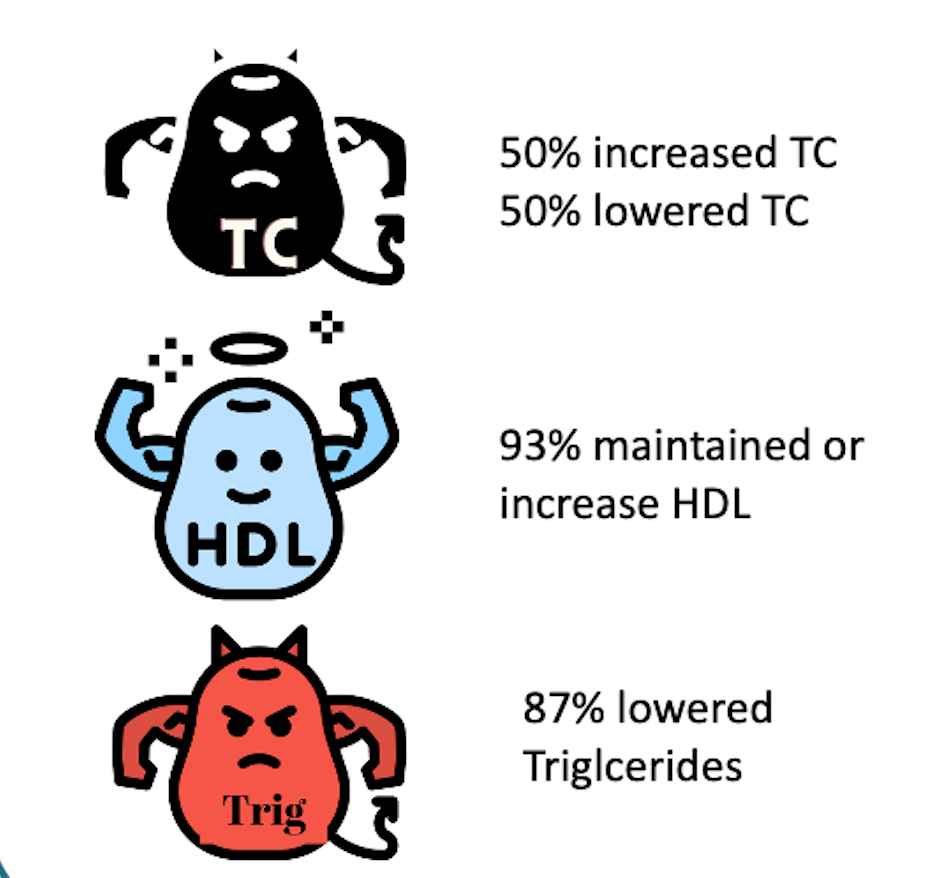
Can a Low Carb Diet Support Reversing Type 2 Diabetes?
Yes! By stabilising blood sugar, reducing insulin spikes, and improving fat metabolism, a low carb or ketogenic diet can support reversing type 2 diabetes. Combined with regular physical activity, stress management, and quality sleep, it provides a holistic approach to metabolic health.
For detailed guidance, watch Dr Nerys’s free three-part Health Breakthrough video series and download the Blood Sugar Guide to start reversing type 2 diabetes naturally.
Conclusion: What Should You Do Next?
Cholesterol management doesn’t have to be complicated. Focusing on lowering simple carbohydrates while including healthy fats can improve your cholesterol profile, support heart health, and assist in reversing type 2 diabetes. Start with dietary changes, monitor your results, and combine with lifestyle strategies for maximum impact.
Your health is in your hands — take the first step today!

